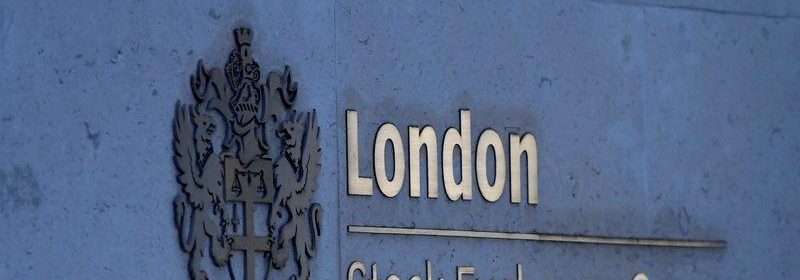Stocks rise, dollar slips as risk aversion eases

NEW YORK (Reuters) – The dollar retreated and Wall Street rallied on Thursday as investors looked past weak U.S. GDP and jobless claims data to hopes of a rosier economy ahead and welcomed restrictions on this week’s social media-driven trading frenzy.
Tech heavyweights Microsoft Corp, Amazon.com and Alphabet Inc were among the biggest boosts to the S&P 500 a day after the three major U.S. indexes suffered their biggest daily percentage drop in three months.
Online trading platforms Robinhood and Interactive Brokers restricted trading in shares of GameStop, BlackBerry and other companies whose shares soared this week after they were targeted by an army of retail buyers.
Shares of GameStop plunged almost 68% from Wednesday’s close at one point after hitting $483 early in the session. The stock closed down 44% at $193.60; it traded below $20 three weeks ago.
Hedge funds would have had more margin calls if GameStop had kept going higher, said Thomas Hayes, managing member at Great Hill Capital LLC in New York.
“When it backed off a little bit, the market breathed a sigh of relief,” Hayes said.
The main Wall Street indexes on Wednesday registered their sharpest declines in three months after a squeeze on hedge funds holding short positions in the social-media darlings.
On Thursday, MSCI’s benchmark for global equity markets rose 0.31% to 654.5, while the Dow Jones Industrial Average rose 0.99%, the S&P 500 gained 0.98% and the Nasdaq Composite added 0.5%.
Stocks in Europe closed little changed as countries grappled with new variants of the coronavirus amid extended lockdowns that weigh on near-term economic growth. The broad FTSEurofirst 300 index added 0.01% to 1,554.45.
The safe-haven U.S. dollar fell in choppy trading and riskier currencies, including the Australian dollar, reversed early losses as stocks rebounded.
U.S. gross domestic product grew at a 4% annualized rate in the fourth quarter, in line with economists’ forecasts, though for all of 2020 the economy contracted 3.5%, its worst performance since World War Two.
Other data suggested a faster recovery, with a report showing U.S. jobless claims were lower than expected at 847,000, compared with forecasts of 875,000.
The unemployment rate declined more quickly than expected at year-end 2020 and the labor force will begin to recover in mid-2021, said Ryan Sweet, head of monetary policy research at Moody’s Analytics.
The dollar index fell 0.173%, with the euro up 0.12% to $1.2123.
The Japanese yen weakened 0.11% versus the greenback at 104.23 per dollar.
U.S. long-dated Treasury yields rallied from three-week lows. The U.S. government sold $62 billion in U.S. seven-year Treasury notes in a well-bid auction.
“The Treasury market is operating under the assumption that we will be hitting a soft patch here in the first quarter,” said Kevin Flanagan, head of fixed income strategy at WisdomTree. “The numbers are kind of being ignored,” he said.
Oil prices fell slightly on concerns that delays to vaccine rollouts and fresh travel curbs to prevent new coronavirus outbreaks will depress demand. But that was offset by the impact of a weaker dollar and big U.S. crude inventory drawdown.
Brent crude futures settled down 28 cents at $55.53 a barrel. U.S. crude futures fell 51 cents to settle at $53.34 a barrel.
Silver prices rose about 7% as the dollar weakened, making the metal cheaper for buyers outside the United States.
Some traders covered short positions on speculation of a GameStop-like squeeze driven by retail investors. Calls to drive silver prices higher by buying shares in silver miners and exchange traded funds circulated on social media.
Spot gold prices fell 0.06% to $1,842.96 an ounce. U.S. gold futures settled 0.4% lower at $1,837.90.
Source: Read Full Article
